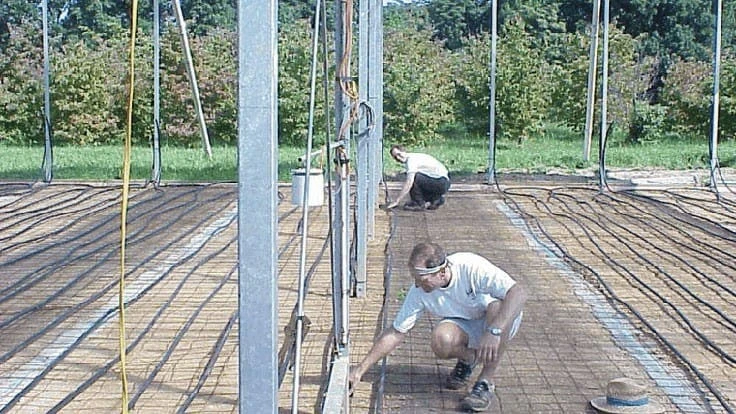

The year 2022 is shaping up to be a difficult year for growers. Materials shortages, manufacturing labor and trucking shortages, as well as increasing energy costs, are all adding to the problems growers face.
Here are a few ideas that may help your business function a little smoother:
Reuse and recycle containers and mix – Even prepaid orders that were made a year ago are not being honored. One grower has received only seven trailer loads of containers out of 20 that were ordered last spring. Using up containers that were left over from previous years may help some, reusing containers and carriers after washing may also help. Some growers are collecting containers from garden centers and other retailers. This helps the retail outlet as well to recycle some valuable material. Now may be a good time to experiment with alternate media materials to supplement your present mix. Bark, compost, recycled organics and anaerobically digested products may be less expensive and locally available. Growers with multiple trucks can sometimes provide their own trucking to help out a supplier that has trouble scheduling and shipping.
Shipping has created materials shortages – The supply chain is broken, and manufacturers cannot get raw materials or foreign made products. One example is energy/shade screen material that comes from Europe. Costs of this material have escalated by more than 50% from last year. Part of this can be attributed to the problem at the ports where the cost of a container has increased 3 to 5 times. Replacement of an energy screen that was $1/sq ft last year is now estimated to be $1.50 to $2.00/sq ft. From my experience, screens that usually have an 8- to 10-year life can remain usable for several more years with proper adjustment and maintenance.

Other products reported by manufacturers of greenhouses that are in short supply or not readily available include steel tubing, film plastic, polycarbonate sheets and hardware. Considerable time may be needed to search for alternate suppliers.
Make more efficient use of labor – Some repair and replacement projects have been put on hold for a lack of skilled labor to complete them. Also new construction has slowed as erectors are scheduled as much as a year ahead. Some growers are training their own crew or hire an experienced erector to oversee the work.
Efficiency in production labor can be achieved with greater use of mechanization and materials handling. Keeping equipment serviced and in good repair can prevent expensive breakdowns. Utilizing carts and conveyors can increase production efficiency at very little cost.
Continue energy conservation – Heating fuels continue to be in adequate supply in the U.S. but prices have risen significantly over the last year due to geopolitical tension and supply issues. Significant savings can be achieved by installing and maintaining conservation measures. A recent audit that was done on a medium size grower in Connecticut showed that installation of double energy screens, wall insulation, heater maintenance and electronic controls have cut fuel use by over 40%. Check energy screens for gaps around the edges to prevent the chimney effect of heat escaping to above the screen.
Plan for continued supply problems – Predictions by manufacturers and the shipping industry indicate that these problems may continue for several years. Having multiple suppliers may become the new norm and placing and scheduling orders may have to be done a year of more ahead of need. This could require additional storage space and better inventory control. It could also result in savings due to increased inflation. The present “just-in-time” delivery concept appears to be outdated and not working well. Also plan renovation and new construction projects at least one year in advance to assure that the permits, materials and labor will be available.

Explore the March 2022 Issue
Check out more from this issue and find your next story to read.
Latest from Greenhouse Management
- Anthura acquires Bromelia assets from Corn. Bak in Netherlands
- Top 10 stories for National Poinsettia Day
- Langendoen Mechanical hosts open house to showcase new greenhouse build
- Conor Foy joins EHR's national sales team
- Pantone announces its 2026 Color of the Year
- Syngenta granted federal registration for Trefinti nematicide/fungicide in ornamental market
- A legacy of influence
- HILA 2025 video highlights: John Gaydos of Proven Winners





